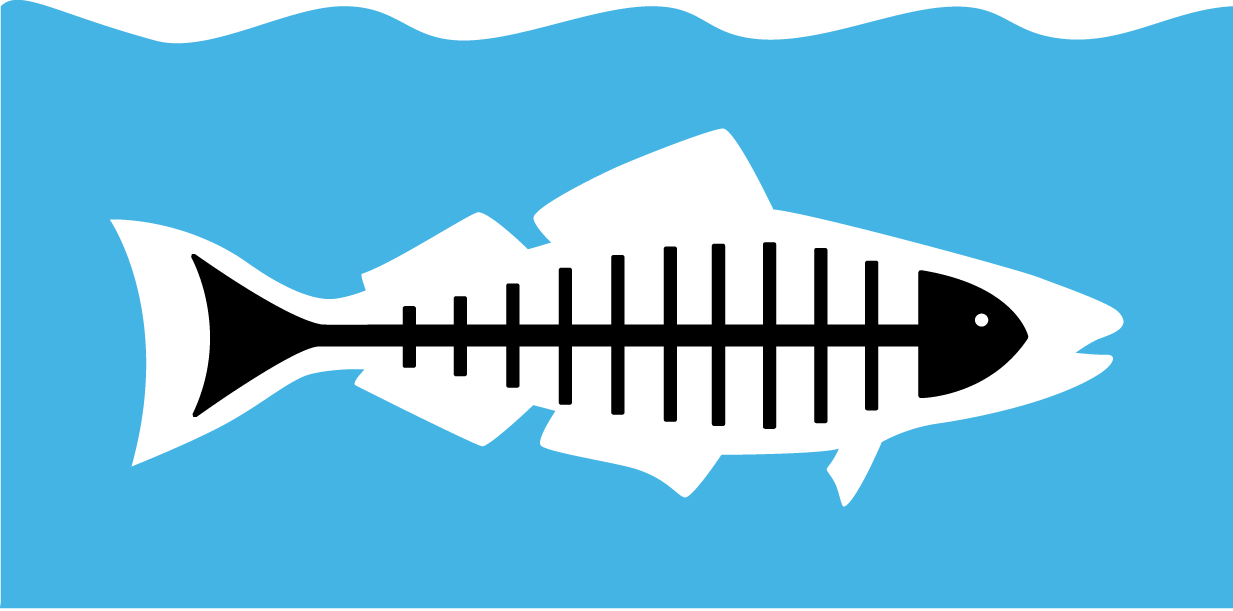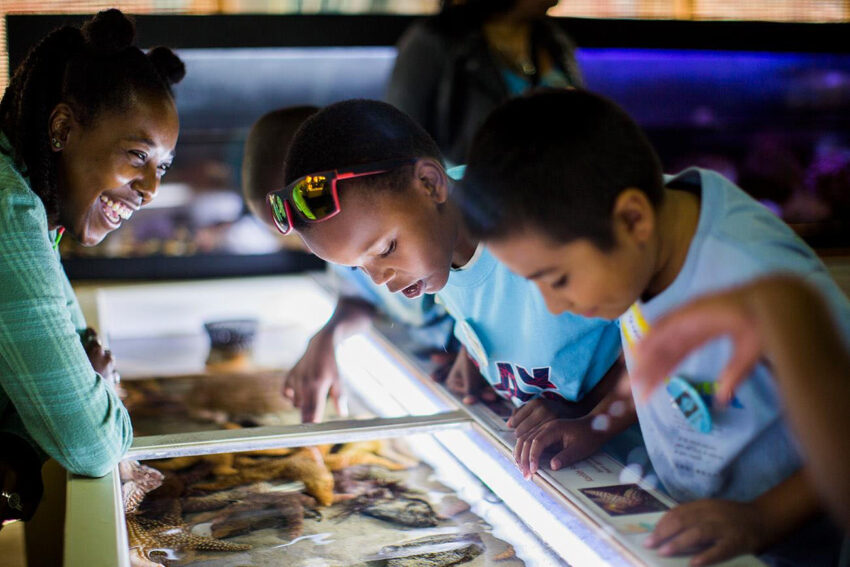The answer is blowing in the wind for oceanographers who have discovered that gusts of wind push plastic debris below the surface of the water, rendering previous data gathered by skimming the surface inaccurate.
After taking samples of water at a depth of 16 feet (5 meters), Giora Proskurowski, a researcher at the University of Washington, discovered that wind was pushing the lightweight plastic particles below the surface. That meant that decades of research into how much plastic litters the ocean, conducted by skimming only the surface, may in some cases vastly underestimate the true amount of plastic debris in the oceans, Proskurowski said.
Reporting in the journal of Geophysical Research Letters this month, Proskurowski and co-lead author Tobias Kukulka, University of Delaware, said that data collected from just the surface of the water commonly underestimates the total amount of plastic in the water by an average factor of 2.5. In high winds the volume of plastic could be underestimated by a factor of 27.
“That really puts a lot of error into the compilation of the data set,” Proskurowski said. The paper also detailed a new model that researchers and environmental groups can use to collect more accurate data in the future.
The team plans to publish a “recipe” that simplifies the model so that a wide range of groups investigating ocean plastics, including those that aren’t oceanographers, can easily use the model. Following the recipe, which is available now by request, might encourage some consistency among the studies, he said.
“On this topic, what science needs to be geared toward is building confidence that scientists have solid numbers and that policy makers aren’t making judgments based on CNN reports,” he said. Descriptions of the so-called great Pacific garbage patch in widespread news reports may have led many people to imagine a giant, dense island of garbage while in fact the patch is made up of widely dispersed, millimeter-size pieces of debris, he said.
Plastic waste in the oceans is a concern because of the impact it might have on the environment. For instance, when fish ingest the plastics, it may degrade their liver functions. In addition, the particles make nice homes for bacteria and algae, which are then transported along with the particles into different regions of the ocean where they may be invasive and cause problems.
Read more about Heal the Bay’s work to reduce marine debris.
To support a ban on single-use plastic bags in the city of Los Angeles, take action.



